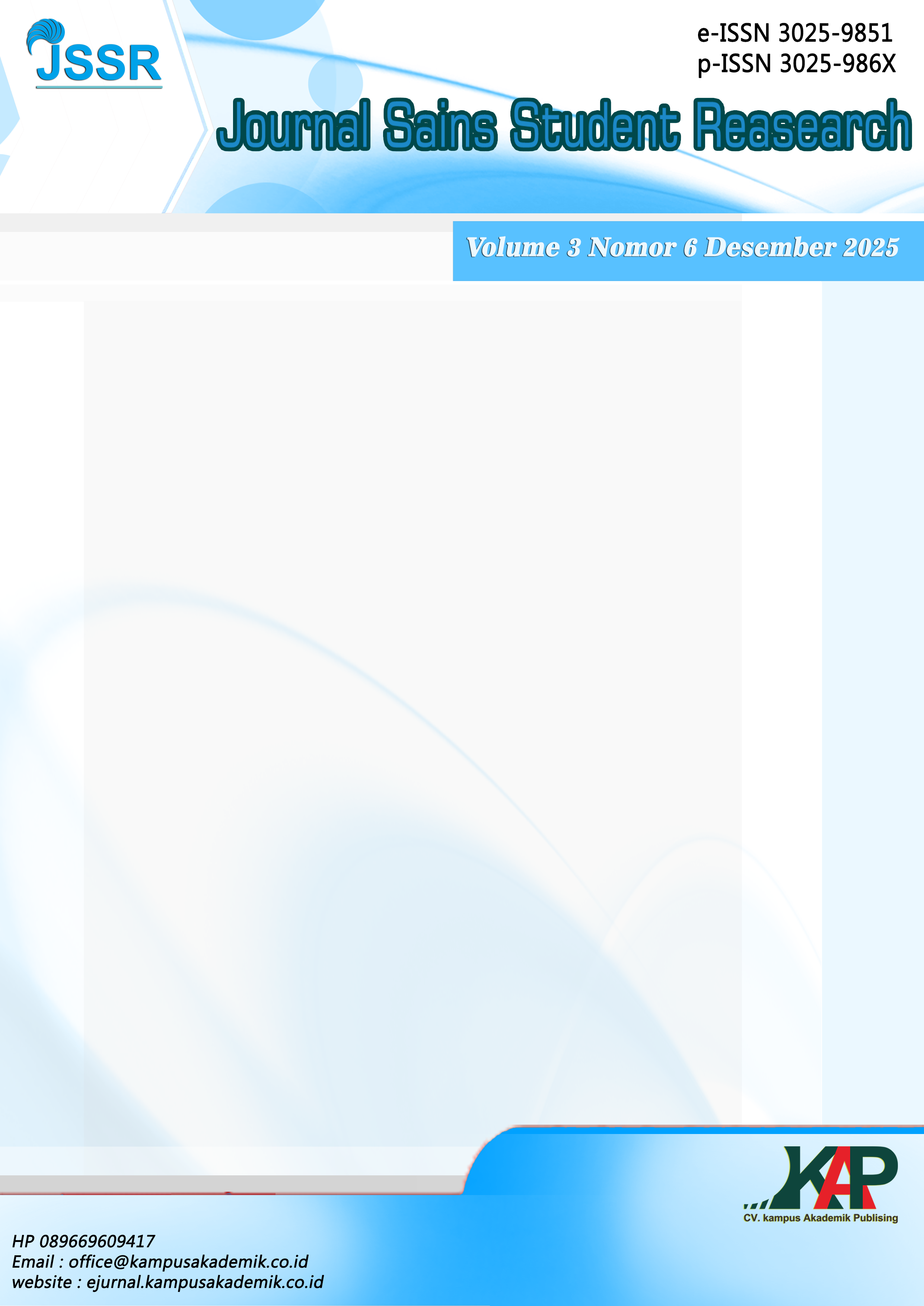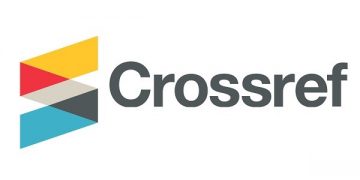PERANCANGAN ALAT PEMBAYARAN SANTRI BERBASIS ESP32 PADA KOPERASI PONDOK PESANTREN AL-GHOZALI TAMBAKBERAS
DOI:
https://doi.org/10.61722/jssr.v3i6.7070Keywords:
ESP32, RFID, cashless payments, Islamic boarding school cooperatives.Abstract
This research was motivated by the problems of cash transactions in Islamic boarding school cooperatives, which are slow, prone to errors, difficult to monitor, and risky in terms of money loss. The purpose of this research is to design and develop a fast, accurate, and transparent non-cash payment system for the Al-Ghozali Tambakberas Islamic Boarding School Cooperative, while also facilitating the monitoring of student expenditures. The method used is prototyping, which includes communication of requirements, design, implementation, and black-box testing. The hardware developed consists of ESP32, RFID RC522, and a buzzer; the software uses Arduino IDE (firmware), PHP–MySQL (API and database), and a website for cashiers and admin panels. The transaction flow is carried out by tapping the RFID card; the system verifies the UID, automatically deducts the balance, records transactions in real-time, and provides feedback via the buzzer. Web features include card registration, cashier, transaction history and reports, balance top-up, and student balance monitoring. Test results show that all functions work well: accurate card reading, fast processing, consistent recording, and an easy-to-use interface. In conclusion, the system can improve the operational efficiency of the cooperative and the transparency of student financial management, making it suitable for implementation in Islamic boarding schools.
References
Ayu Wahyudi, D., Prasetyo, H., & Sari, I. (2021). Internet of Things: Konsep, perkembangan, dan implementasi. Jurnal Teknologi Informasi, 9(2), 45–53.
Connolly, T., & Begg, C. (2015). Database systems: A practical approach to design, implementation, and management. Pearson Education.
Haydar, A., Sumiharto, E., Utami, L., & Ilona, R. (2024). Pengaruh identifikasi QR-Code dan RFID (RC522) terhadap kecepatan transaksi pada sistem belanja self-service. Jurnal Sistem Informasi dan Komputerisasi, 12(1), 55–64.
Heizer, J., & Render, B. (2016). Operations management (11th ed.). Pearson Education.
Hermawan, A., Putra, A., & Rahmawati, L. (2022). Internet of Things: Definisi, perkembangan, dan tantangan. Jurnal Informatika, 8(1), 10–18.
Iqbal, M., & Rahayu, S. (2022). Analisis penggunaan Arduino IDE dalam pengembangan perangkat berbasis mikrokontroler. Jurnal Teknologi dan Rekayasa, 15(3), 33–40.
Ika Arthalia, F. (2020). Konsep website dalam penyediaan informasi digital. Jurnal Teknologi Informasi dan Komunikasi, 6(1), 25–30.
Kendall, K. E., & Kendall, J. E. (2014). Systems analysis and design (9th ed.). Pearson.
Laudon, K. C., & Laudon, J. P. (2018). Management information systems: Managing the digital firm (15th ed.). Pearson.
Lesmana, A., & Silalahi, R. (2020). Analisis fitur dan efisiensi energi mikrokontroler ESP32. Jurnal Elektronika dan Komputer, 14(2), 21–29.
Maharani, N., Piarsa, I. N., & Rusjayanthi, N. K. (2023). Rancang bangun sistem pembayaran digital berbasis kartu RFID menggunakan ESP32 di kantin kewirausahaan SMK Negeri 1 Bangli. Jurnal Sistem Informasi dan Teknologi, 11(2), 102–110.
Maulana, A., Fahrurrozi, M., & Alfarisi, R. (2025). Analisis perilaku konsumtif santri dalam penerapan cashless payment perspektif maqashid syariah (Studi kasus Pondok Pesantren Madura). Jurnal Ekonomi Syariah dan Teknologi Finansial, 9(1), 88–97.
Muñoz-Ausecha, C., Ruiz-Rubio, S., & Rojas-González, J. (2021). Comparative study of RFID and QR code in fast transaction systems. International Journal of Information Technology, 13(4), 321–329.
O’Brien, J. A., & Marakas, G. M. (2011). Management information systems (10th ed.). McGraw-Hill.
Pratama, Y. (2022). Perkembangan ekosistem pembayaran digital di Indonesia. Jurnal Ekonomi Digital Indonesia, 7(2), 112–124.
Pressman, R. S. (2015). Software engineering: A practitioner’s approach (8th ed.). McGraw-Hill Education.
Raja, B., Kurniawan, I., & Setiawan, P. (2023). Internet: Sejarah, perkembangan, dan implementasi. Jurnal Teknologi Informasi dan Multimedia, 11(2), 50–60.
Roihan, A., Rahma, D., & Yusuf, A. (2019). Penerapan metode prototyping dalam pengembangan sistem informasi. Jurnal Teknologi dan Sistem Informasi, 7(2), 22–30.
Shelly, G. B., & Rosenblatt, H. J. (2011). Systems analysis and design (9th ed.). Cengage Learning.
Shneiderman, B., Plaisant, C., Cohen, M., Jacobs, S., Elmqvist, N., & Diakopoulos, N. (2016). Designing the user interface (6th ed.). Pearson.
Sommerville, I. (2016). Software engineering (10th ed.). Pearson.
Sopiatunisa, E., Budiono, A., & Gapur, A. (2025). Transformasi pola keuangan santri melalui sistem cashless di Pondok Pesantren Idrisiyyah Putri Tasikmalaya. Jurnal Ekonomi Syariah Digital, 6(1), 41–50.
Stair, R., & Reynolds, G. (2017). Principles of information systems (13th ed.). Cengage Learning.
Sitohang, D. (2021). Analisis pemanfaatan ESP32 dalam pengembangan perangkat IoT. Jurnal Sistem Informasi dan Elektronika, 9(2), 67–74.
Downloads
Published
Issue
Section
License
Copyright (c) 2025 JOURNAL SAINS STUDENT RESEARCH

This work is licensed under a Creative Commons Attribution-ShareAlike 4.0 International License.













